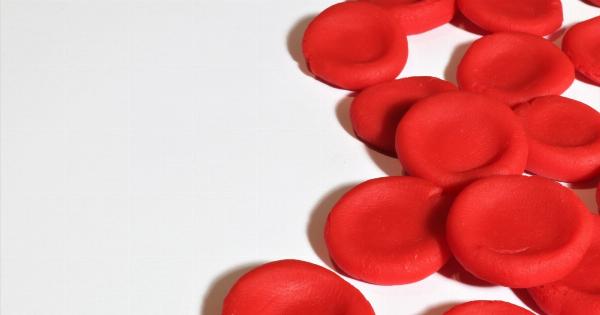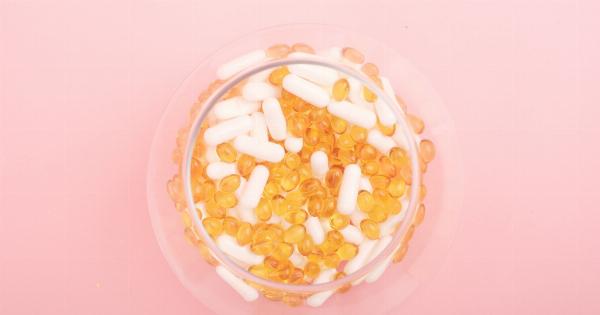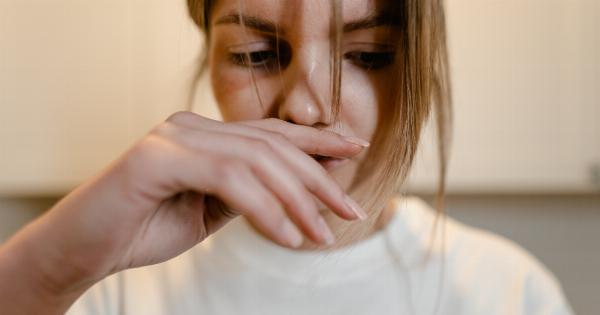Human blood is an essential fluid that flows throughout our body, transporting nutrients and oxygen to our cells.
But have you ever wondered what makes blood appear red? There is actually a scientific explanation for the red hue of blood, and it involves the important role of a unique component called hemoglobin.
The Role of Hemoglobin in Blood
Hemoglobin is a protein in red blood cells that is responsible for carrying oxygen from the lungs to the body tissues. It is made up of four subunits, each containing a heme group that includes an iron ion.
Oxygen binds to the iron ion when we breathe, allowing the red blood cells to transport this vital gas to where it is needed in the body. This process is known as oxygenation.
The Color of Hemoglobin
Hemoglobin is a bright red color when it is fully oxygenated. This is because the iron ions in the heme groups become more attracted to and bond more easily with oxygen than with other substances in the blood.
When oxygen is not bound to the iron, the color of the heme group shifts to a dark red or purple color. This is why blood that has less oxygen, such as that found in veins, appears darker in color.
Other Factors that Influence Blood Color
Although the color of blood is primarily due to the presence of hemoglobin, other factors can also influence its appearance. These include:.
- The amount of blood in the body – a higher volume of blood can dilute the color, making it appear lighter.
- The thickness of blood – thicker blood can appear darker and richer in color.
- The presence of other substances in the blood – certain chemicals, drugs, and diseases can alter the color of blood.
Conclusion
In summary, the red color of blood is due to the presence of hemoglobin, a protein in red blood cells that carries oxygen from the lungs to the body tissues. When fully oxygenated, hemoglobin gives blood its bright red color.
Other factors that can influence the appearance of blood include the amount of blood in the body, the thickness of blood, and the presence of other substances.





























